A golden suit of armor glints under the gallery lights as a 17th-century nobleman gazes out from an oil portrait. It sounds like a scene from a European palace, but it’s happening right now in Midtown Detroit. The Detroit Institute of Arts (DIA) has unveiled a remarkable new exhibit that brings together a Baroque-era painting and the actual gilded armor it depicts – an art reunion over 200 years in the making. Smart local art lovers are buzzing about this Detroit Institute of Arts exhibit for good reason: it’s a one-of-a-kind chance to experience history, art, and armor all in one glance, right here in the Motor City.
Opening April 25, 2025, Guests of Honor: Armor as Fashion is a special year-long exhibition that reunites a full-length Renaissance-Baroque portrait with the elaborate suit of armor worn in it. For the first time since the early 19th century, Jean II de Croÿ, 2nd Count of Solre – a Flemish nobleman portrayed in all his finery – stands face to face with the very pieces of his armor shown on the canvas. Even more impressively, this is the first-ever opportunity in North America to see these treasures of Baroque art displayed together. Detroit has scored a major cultural coup in hosting this exhibit, and the local community’s excitement is palpable.
In a city proud of its resilience and creativity, the DIA’s latest presentation resonates deeply. It blends European history with Detroit’s contemporary appreciation for art and craftsmanship. This article will take you through the highlights – from the story of Jean de Croÿ and his magnificent armor to the artistry of painter Juan van der Hamen y Léon, and why this “armor as fashion” concept is captivating Metro Detroiters. Put on your imaginary helmet and let’s step into the world of glittering Renaissance armor in Detroit.
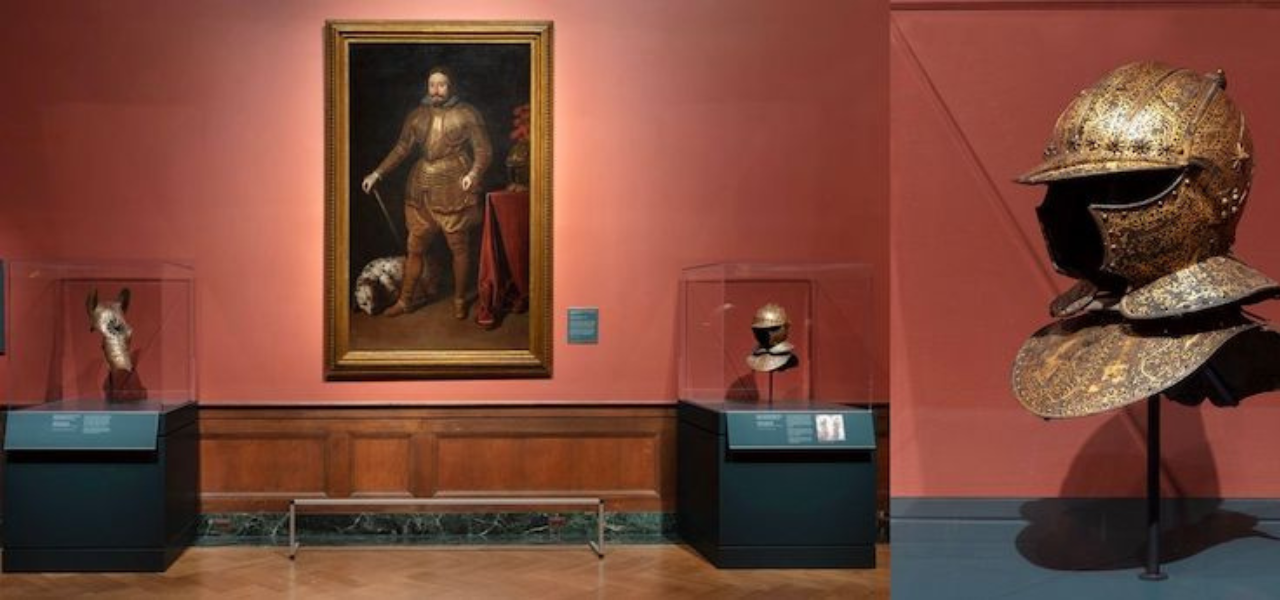 Abode Detroit, Facebook
Abode Detroit, Facebook
A Long-Lost Pair Reunited at the DIA
More than two centuries ago, Jean de Croÿ’s portrait and armor parted ways, scattered to different corners of Europe. Now, thanks to an unprecedented international loan, they meet again on DIA’s gallery walls. The exhibition’s curators aptly call it a “Guests of Honor” event – these two historic pieces truly are guests from afar, converging in Detroit for a limited time. On one side is the Portrait of Jean II de Croÿ, Count of Solre, painted in 1626, loaned from a private collection in Spain. On the other side, displayed nearby, are gleaming elements of his gilt parade armor, on loan from the Musée des Beaux-Arts de Valenciennes in France. Separated since the 1700s, the painting and armor are now on view together for the first time in over 200 years – and Detroiters get to witness the reunion firsthand.
This Detroit Institute of Arts exhibit brings a palpable sense of history. Visitors can compare the painted representation of the armor with the real artifacts up close. It’s almost like Jean de Croÿ himself has stepped out of the frame to show off his outfit. The DIA’s director, Salvador Salort-Pons, notes that the exhibition lets us “explore the intersection of portraiture and armor as complementary expressions of noble identity in early 17th-century Europe”. In other words, we’re seeing how a wealthy aristocrat’s persona was conveyed through both art and fashionable armor, each enhancing the other’s story.
Some key facts about this remarkable reunion at the DIA:
- The Painting: Portrait of Jean II de Croÿ, Count of Solre (1626) – Oil on canvas by Juan van der Hamen y Léon, depicting the noble count in full armor. On loan from a private Spanish collection (the Cruz-Mayor Collection).
- The Armor: Gilded parade armor (including an ornate helmet and neck guard) made around 1624 in Brussels. Crafted by an armorer identified only by the monogram “MP,” this armor is richly decorated and was preserved in France’s Valenciennes museum since 1827.
- First Time Together: The portrait and armor have not been displayed side by side since at least the 18th century. The DIA exhibition reunites them for the first time in North America, offering a once-in-a-lifetime viewing.
- Exhibit Duration: On view in Detroit from April 25, 2025 through April 26, 2026. (Yes, you have about a year to catch this, but don’t procrastinate – opportunities like this don’t come often!)
The fact that Metro Detroit gets to host this reunion speaks to the DIA’s reputation in the museum world. It required coordination across countries – from Spain to France to Michigan – to bring these pieces together. As art enthusiasts here at home, we benefit from this global collaboration. It’s the kind of exhibit that cements Detroit’s status as a hub for world-class cultural experiences, right alongside larger art capitals.
Armor as Fashion: A Baroque Status Symbol
Why pair armor with a portrait? In the Baroque era, it made perfect sense. During the late Renaissance and early 17th century – often called the golden age of European plate armor – suits of armor had evolved from pure battlefield protection into powerful status symbols. The nobility still wore armor in ceremonies and portraits, even as firearms made swords and breastplates less practical in war. That’s because armor had become the fashion of the elite, a way to signal one’s wealth, lineage, and taste.
Think of a suit of armor in 1620 like a luxury sports car or a designer outfit today. It wasn’t just military gear; it was a custom-made statement piece. Wealthy lords would commission armorers to forge suits that were as much works of art as they were functional equipment. Gilding, engravings, plumed helmets, and personalized crests turned these metal suits into bespoke haute couture of the Renaissance. They would don such parade armor for state occasions, tournaments, or portrait sittings to project an image of knightly valor and opulent style.
The “Armor as Fashion” concept highlighted by the DIA exhibit is all about this idea. Just as modern fashion can express personality and spark trends, so could armor in its time. Noblemen competed in a sort of sartorial arms race – whoever had the most spectacular armor gained prestige in the courts of Europe. Suits were passed down as heirlooms, cherished by families as symbols of their heritage. In portraits, being depicted in glistening armor (even if one never actually fought in it) signified honor, authority, and aristocratic glamour.
Detroiters might appreciate the analogy: in a city that knows the value of a sharp-looking car or a stylish outfit, we can relate to how a beautiful suit of armor could turn heads 400 years ago. The exhibition shows that armor was more than protection – it was presentation. By viewing armor and portrait together, we see how Baroque art and fashion intertwined to craft a public image. Jean de Croÿ’s armor isn’t just metal; it’s storytelling. Every etched pattern and golden flourish was meant to communicate something about its wearer’s identity. In the sections that follow, we’ll delve into who Jean de Croÿ was, what his portrait tells us, and why his armor is truly a masterpiece of design.
.png) Abode Detroit, Facebook
Abode Detroit, Facebook
Who Was Jean II de Croÿ, Count of Solre?
At the center of this exhibition is Jean II de Croÿ (1588–1638), the man in the portrait – but who exactly was he? Hailing from the powerful House of Croÿ in the Habsburg Netherlands, Jean II de Croÿ was a high-ranking noble with one foot in the Flemish aristocracy and the other in the Spanish royal court. He bore lofty titles: Count of Solre, Baron of Molembaix, and Marquess of Renty, among others. In an era when Spain ruled over Flanders, Jean de Croÿ’s life illustrates the close ties between those regions.
One of Jean’s greatest honors was his knighthood in the Order of the Golden Fleece. This chivalric order, founded in the 15th century by the Dukes of Burgundy, was (and remains) one of the most prestigious clubs for European nobility – think of it as the elite hall of fame for knights. Membership was limited to the most powerful lords and princes. By being inducted in 1614, Jean II de Croÿ joined the ranks of distinguished nobles recognized for their loyalty and stature. The Golden Fleece also carried a bit of fashionable flair: knights often wore an elaborate collar chain with a pendant of a golden sheep’s fleece. While that detail might not appear in this portrait, the prestige of the order certainly underlies Jean’s self-image.
Jean de Croÿ was also a key player in the Spanish Habsburg court. In 1624, he was appointed captain of the royal guard of archers in Spain. This unit, formally known as the Guardia de los Archeros, was an elite corps of bodyguards to the King of Spain – notably comprised mostly of noblemen of Flemish origin (reflecting the Spanish crown’s trust in these expats). Imagine the pomp of such a position: ceremonial guard duties at the Alcázar in Madrid, attending the young King Philip IV, all while dressed in splendid attire. Jean de Croÿ’s role put him at the heart of power, and he likely wore armor like the one we see to embody both his Flemish heritage and Spanish allegiance.
Beyond his martial titles, Jean was a diplomat and courtier. Records show he undertook diplomatic missions across Europe (Poland, Germany, France) on behalf of King Philip IV. He even served on the Spanish Council of State and later on the Council of Flanders in Madrid. In short, he was a cosmopolitan figure navigating the grand theatres of European politics. By the time he sat for the portrait in 1626, Jean II de Croÿ was around 38 years old, at the peak of his influence and eager to solidify his legacy.
All these roles and honors explain why Jean de Croÿ would invest in a lavish portrait and an even more lavish suit of armor. He was broadcasting his identity: a Knight of the Golden Fleece, a trusted guardian of the king, a man of wealth and refined taste. The DIA exhibition allows us to step into his world. As we stand before his likeness and armor, we’re essentially meeting a 17th-century VIP who used art and fashion to assert his place in society. Now, let’s examine the two star objects – the portrait and the armor – in detail to see how they reflect Jean’s status and era.
The Portrait: Baroque Artistry by Juan van der Hamen y Léon
The Portrait of Jean de Croÿ, Count of Solre is a stunning example of Spanish Baroque portraiture – with a twist of international flavor. The artist, Juan van der Hamen y Léon (1596–1631), was a Spaniard of Flemish descent (his name gives that away) working in Madrid. Van der Hamen is actually best known for his sumptuous still-life paintings, but he also took on portraits of aristocracy at court. In this full-length oil painting from 1626, he presents Jean de Croÿ as a figure of solid authority and elegance.
In the portrait, Jean stands confidently, one hand resting on the hilt of a rapier sword and the other holding a baton of command. He’s clad head-to-toe in golden armor, which van der Hamen has rendered with meticulous realism – every reflective surface and etched pattern of the steel is visible. Art historians praise the painting for its clear evocation of the count’s “commanding presence”. Indeed, Jean’s expression is proud yet composed, his gaze meeting the viewer as if to say he knows his own importance.
Several rich details surround the count, each carrying meaning:
- The Armor Itself: Dominating the canvas is the brilliant armor – which, thanks to the exhibition, we know is not just artistic imagination but based on a real suit. Van der Hamen painted the gilded breastplate, pauldrons (shoulder guards), and tasseled skirt of armor with such care that when you compare the painting to the actual pieces on display, the correspondence is uncanny. The artist even captured the tiny gold vine motifs and the red accents (likely velvet lining or ties) edging the armor’s plates.
- Helmet and Plumes: On the right side of the canvas, atop a red-draped table, rests Jean’s helmet – a parade burgonet – adorned with a lavish bouquet of bright red ostrich feathers. This helmet, with its visor up, is the very same piece that you can see in the DIA gallery in real life. In the painting it symbolizes chivalry and the readiness to serve in battle or ceremony. The feathers add a dash of pageantry (and incidentally, red was a color often associated with nobility and command).
- The Loyal Dog: At Jean’s feet, a large hunting dog (likely a mastiff or a similar breed) lies calmly. Portraying a hound in noble portraits was a common symbol of loyalty, guardianship, and high status. It tells us Jean de Croÿ was a gentleman hunter and a man of means – keeping a well-bred dog for sport and companionship. The dog in the painting, with its spotted coat and relaxed posture, also serves to humanize the scene; amid all the armor and regalia, we see a faithful friend by his side.
- Luxurious Setting: The background is a deep, dark void – common in Baroque portraits to spotlight the subject – but the inclusion of that heavy crimson tablecloth under the helmet adds a sense of luxury and texture. Rich red fabric was another sign of wealth and often used by artists to complement the sheen of metallic armor. It creates a dramatic contrast: soft textile vs. hard steel, both rendered in fine detail.
Juan van der Hamen y Léon’s skill is evident in how he balances realism and idealization. Jean de Croÿ probably never had to swing a sword in anger wearing this delicate armor, but in the portrait he looks every bit the dashing military commander. The painting glorifies him. Yet, because we can now examine the actual helmet and gorget mere feet away from the painting, the portrait also becomes an almost photographic document of a real object from 1626. This dual quality – art and document – makes the viewing experience special. It’s not often you can verify a 400-year-old painter’s handiwork by inspecting the subject’s attire in person!
It’s worth noting the journey of this painting. Currently held in a private collection in Spain, the Portrait of Jean de Croÿ isn’t something one could ordinarily see in a museum at all. Its appearance in Detroit is a rare event. The fact that the owner and the DIA arranged this loan underlines how significant the reunion with the armor is considered. For lovers of Baroque portraiture, this piece alone is a beautiful example of the genre – but paired with the armor, it crosses into a must-see cultural artifact.
The Gilded Armor from Brussels: Artistry in Steel and Gold
If the portrait is the glamorous representation, the actual armor on display is the tangible reality – and what a reality it is. The armor of Jean de Croÿ, or at least key surviving parts of it, ranks as a masterpiece of European armor-making. It’s described as a gilt parade armor, meaning it was intended for ceremonial use and show, not for heavy combat. Here’s what we know about this stunning suit of armor and what you’ll observe in the exhibition:
- Crafted ca. 1624 in Brussels: The armor was forged around 1624 in Brussels, a major center for armorers at the time. The early 17th century saw Flemish and German armorers producing lavish suits for nobility across Europe. This particular set is attributed to the “circle of a master known only by the monogram MP”. We don’t know the craftsman’s full name, but the quality suggests an armorer of the highest caliber, possibly someone who worked for the Spanish governors in the Low Countries. One can imagine the workshop in Brussels where skilled hands hammered, polished, and gilded the steel to create this showpiece.
- Gold-Leaf Decoration: What immediately sets Jean de Croÿ’s armor apart is its golden shimmer. The steel surfaces are covered with gold leaf applied in a technique that was unusual even then – it gives the decorative patterns a “painterly” quality. If you look closely, you’ll see intricate vine motifs scrolling across the breastplate and helmet, almost as if someone painted golden tendrils onto the metal. These vine patterns would catch the light, making the armor gleam brilliantly in sunlight or torchlight. It was armor meant to be seen and marveled at, like a walking piece of art.
- Flamboyant Design Elements: Beyond the gold vines, the armor has flair. The shape of the helmet (a type called a burgonet) includes a high comb (ridge) and probably cheek guards, all stylishly formed. The matching gorget (the collar protecting the neck) is also gilded and shaped elegantly. Decorative star-shaped appliqués stud the armor in places – essentially raised star emblems attached to the metal, which would have added texture and sparkle. Even the horse wasn’t left out: the set included a shaffron, a piece of armor for the horse’s head, forged to match the human armor in flamboyance. Imagine the spectacle of man and horse in matching golden armor parading through a city square – it would be an awe-inspiring sight intended to broadcast the glory of the wearer.
- Too Precious for Battle: As formidable as this armor looks, it was likely never meant for actual warfare. The exhibit notes (and common sense) tell us the gold leaf surface was too delicate for combat. Battle would scratch and ruin that fine work in an instant. Instead, this was parade armor – used in ceremonies, pageants, maybe entry processions or courtly tournaments (the kind with blunted lances). Its purpose was to impress and signify status. And it succeeded: Jean de Croÿ’s status is literally gilded onto the steel. By wearing this, he proclaimed himself a high noble who could afford expensive, non-utilitarian armor. It was the 17th-century equivalent of wearing a custom designer suit to a state dinner, rather than army fatigues.
Seeing the armor up close in Detroit, viewers often marvel at the craftsmanship. The gold detailing against the dark steel creates a dramatic contrast. You can almost picture the armor on a mannequin in the gallery and then glance back at the painted Jean de Croÿ – it’s like seeing double. The DIA’s assistant curator of European decorative arts, Chassica Kirchhoff, has noted that when these “companion works” – the armor and the portrait – are reunited, it showcases armor’s role as a “meaningful and sophisticated art form” that can captivate viewers and even inspire artists in other media. In other words, this armor isn’t just old military gear; it’s high art in its own right.
The armor’s provenance adds another layer to the story. After Jean de Croÿ’s time, the armor eventually made its way to the Musée des Beaux-Arts in Valenciennes, France, where it has been since 1827. Valenciennes is in northern France, not far from the region of Croÿ’s homeland (the County of Hainaut, which spans today’s France-Belgium border). It’s poetic that the armor stayed in that locale, perhaps kept by descendants or acquired by local collectors, while the portrait wandered into Spain. Now Detroit becomes the meeting point for these traveled objects. When the exhibit concludes in April 2026, the armor will go back to France and the painting back to Spain – but for this brief period, they tell a unified story.
.png) Detroit Institute of Arts, Facebook
Detroit Institute of Arts, Facebook
Detroit’s World-Class Cultural Moment
The Guests of Honor: Armor as Fashion exhibition isn’t just about a portrait and armor; it’s also a statement about the Detroit Institute of Arts and the broader Metro Detroit arts scene. This is a museum that consistently punches above its weight in offering global art experiences to local audiences. Bringing a European Baroque portrait and an authentic Renaissance armor to Detroit reinforces the DIA’s standing as one of the premier art museums in the United States – and one deeply committed to enriching its community.
For Detroiters, there’s a special pride in seeing our city host this exhibition. It means that instead of having to travel to Paris or Madrid to glimpse such treasures, they’re available in our own backyard (or rather, our own Woodward Avenue). The Metro Detroit community, known for its love of history (look at our passion for the Detroit Historical Museum or The Henry Ford) and art (the Diego Rivera murals at the DIA are practically part of our identity), has welcomed this exhibit with enthusiasm. It’s not just an isolated event; it complements a local cultural ecosystem that includes everything from classical concerts to cutting-edge galleries. In the context of Detroit’s ongoing renaissance (no pun intended), having world-class exhibits is a sign of the city’s vibrant revival as a cultural destination.
Inside the DIA, the exhibit is thoughtfully placed in the Cracchiolo Gallery of Baroque Art, surrounded by the museum’s own 17th-century treasures. As you wander into the space, you might also encounter works by Gianlorenzo Bernini, Artemisia Gentileschi, or Francisco de Zurbarán from the DIA’s collection. This creates a rich context. Jean de Croÿ’s portrait and armor don’t sit in isolation; they converse with other Baroque masterpieces. For example, you might see a Bernini sculpture’s dramatic motion and then turn to see the dramatic armor; or note Gentileschi’s powerful characters and compare their attire to Jean’s. It’s a curated experience that immerses visitors in the Baroque era’s grandeur and theatricality.
The local tone of the exhibit is also welcoming. Information panels (and the museum’s guides) draw connections that a Detroit audience can appreciate. The idea of “armor as fashion” can spark conversations about contemporary fashion or even Detroit’s own history of manufacturing beautiful things (from automobiles with flashy chrome to the stylish gowns seen at the Detroit Institute of Arts’ annual gala). It’s an exhibit that’s educational but also relatable. You don’t have to be a history professor to stand in awe of the gold armor or to be intrigued by the story of a count showing off his best duds. The warm, conversational approach the DIA often takes in interpretation means visitors of all backgrounds – from art buffs to curious newcomers – can connect with what they’re seeing.
And let’s give a nod to accessibility: The DIA famously offers free admission to residents of Wayne, Oakland, and Macomb counties (thanks to a regional millage). That means this entire experience is freely available to the local community, removing price barriers that might exist elsewhere. World-class art for free in Detroit – it’s something to celebrate. Even for those outside the tri-county area, the modest museum fee is well worth it for an exhibit of this caliber.
The Detroit Institute of Arts exhibit of Jean de Croÿ’s portrait and armor underscores a message: Detroit embraces the world’s cultural heritage with open arms. In recent years, the DIA has hosted everything from Van Gogh’s paintings to Egyptian mummies; now it adds Flemish-Spanish armor to its roster of global highlights. Each time, Detroiters respond with curiosity and pride, proving that our community values high-quality museum experiences. As the city continues to grow and attract attention, exhibitions like this one are both a product of and a contributor to that positive momentum.
Don’t Miss This Rare Exhibition
In the hustle of daily life, it’s easy to overlook an exhibit and think “I’ll catch it later.” But Guests of Honor: Armor as Fashion is one you truly don’t want to slip by. How often do you get to stand inches away from a real Renaissance armor in Detroit, let alone the very armor painted in a 1626 masterpiece? This is a limited-time reunion. Come April 26, 2026, the show will close, and these two old friends – the portrait and the armor – will depart Detroit, likely heading back to their respective homes across the ocean. Now is the time for Metro Detroiters to experience this bit of Baroque splendor without leaving town.
Walking into the gallery, you might feel a sense of awe and almost personal connection. After all, Jean de Croÿ once likely wore that armor, perhaps in a grand procession, and posed for that portrait to preserve his legacy. Centuries later, you get to share in that legacy. As you view the intricate gold patterning up close, you can imagine the stories this armor could tell – of opulent ceremonies in Brussels or Madrid, of proud lineage and knightly orders. The portrait brings those imaginings to life with color and personality. It’s not just armor on a stand; it’s armor with a face and a name behind it.
The DIA has staged the exhibit in a way that encourages you to take your time. Maybe you’ll circle the armor display a few times, discovering new details with each pass, then compare it again to the painted version on the canvas. Feel free to bring a friend or loved one and discuss what you see – is there a detail in the painting not visible on the armor now (or vice versa)? What does the combination of a dog, a helmet, and that fashion-forward armor say about how Jean wanted to be remembered? These kinds of observations and conversations are exactly what a rich museum experience is about.
In a warm, community-centric spirit: consider making a day of your visit. Perhaps grab a coffee at a Midtown café and talk about the exhibit afterward, or explore another wing of the museum to see how this show fits into the wider tapestry of art history. While this article has given you a deep dive into the content, nothing compares to standing there in person, in front of Jean de Croÿ and his gilded armor. The sheer aura of authenticity – knowing these objects have survived four centuries to stand before you – is inspiring.
Detroit is lucky to have Guests of Honor: Armor as Fashion, and by extension, we Detroiters are lucky guests to this feast of art and history. The exhibition is a testament to the idea that art isn’t static or stuck in the past – it lives on through new contexts and new audiences. In this case, a portrait and armor from Baroque Europe have found new meaning and admirers in modern Detroit. So before these guests of honor bid us adieu, make sure you pay them a visit. Head to the Detroit Institute of Arts, step into the Baroque gallery, and spend some time with Jean de Croÿ and his extraordinary armor. It’s an encounter with history you won’t soon forget, and a shining example of the world-class cultural experiences available in our own community. Enjoy the show – and don’t forget to look closely at those gold vines on the armor, they’re Detroit’s newest fashion statement for the ages!
DON'T KEEP US A SECRET - SHARE WITH A FRIEND OR ON SOCIAL MEDIA!

.79.png)




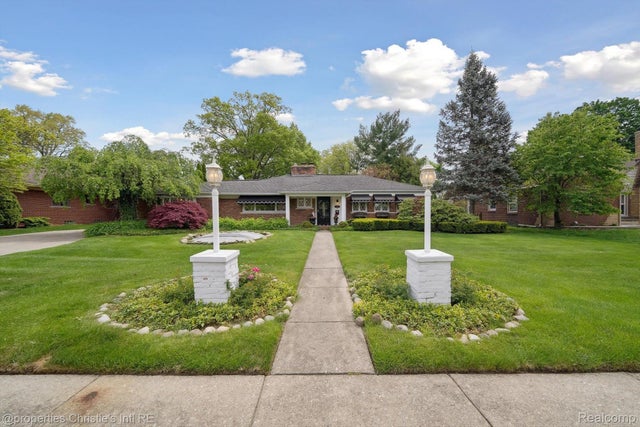















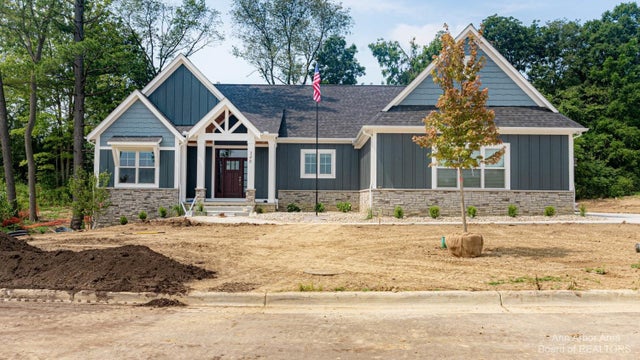

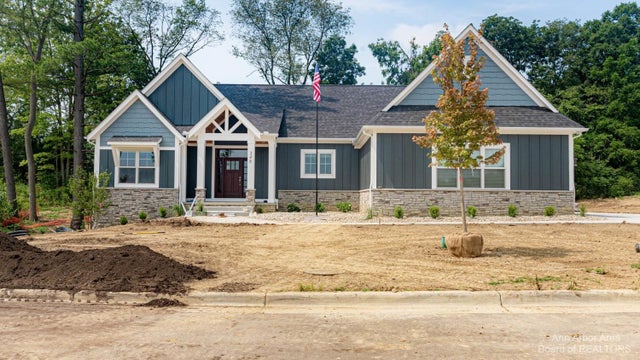


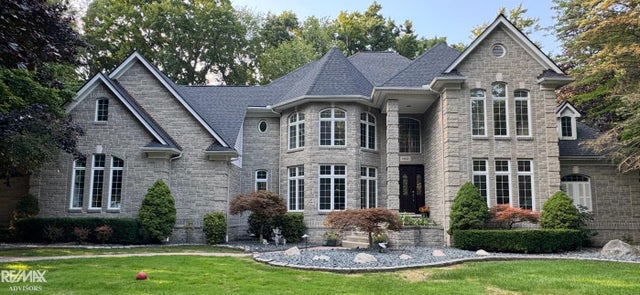






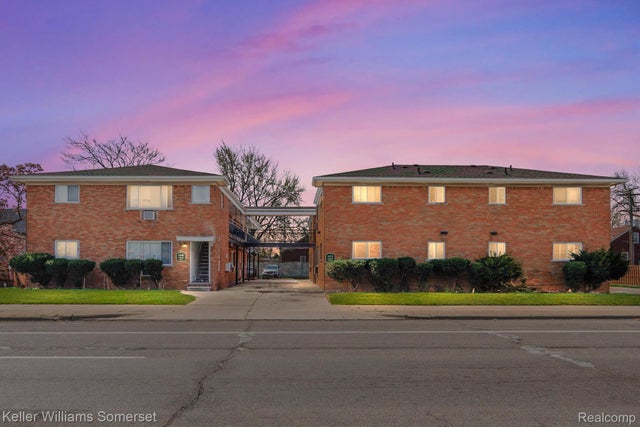
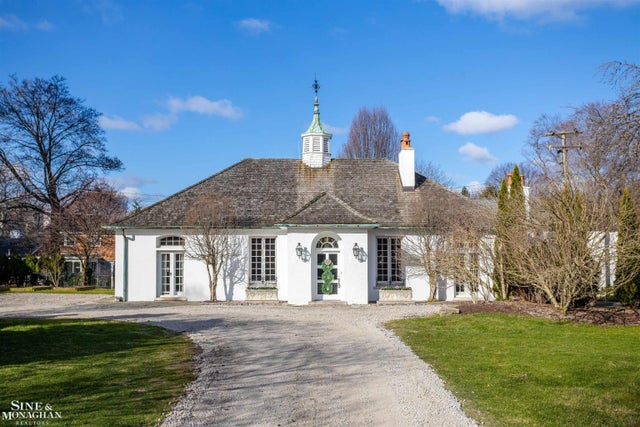





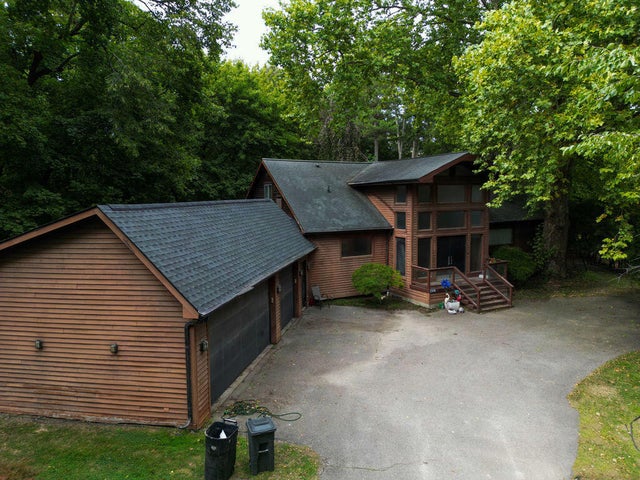








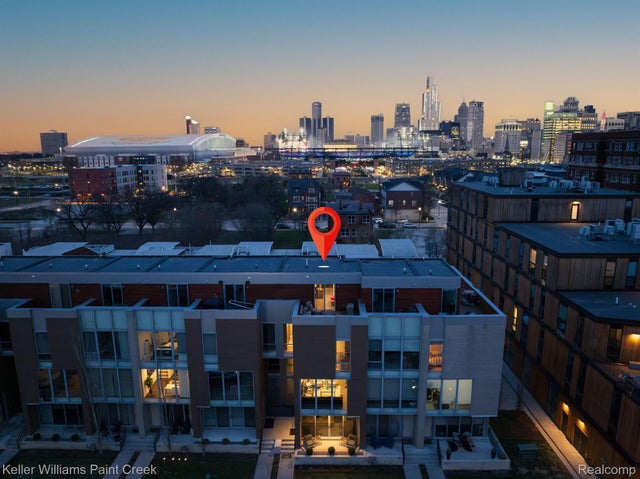

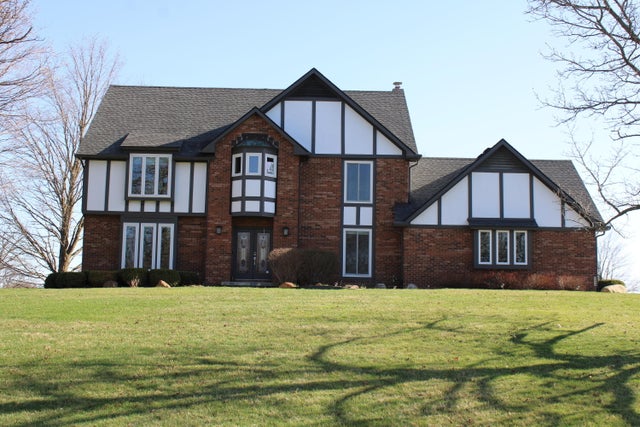
Leave A Comment